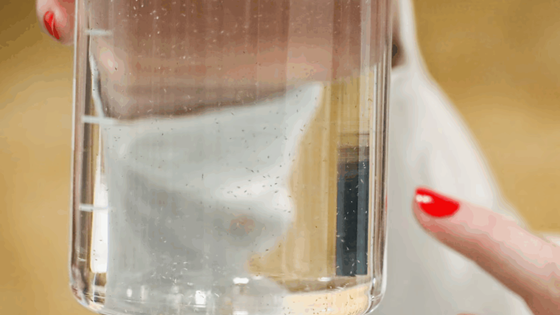
The superfood that is in ever greater demand
Copepods are the perfect food package for marine fish larvae, such as cod, tuna and halibut. Now research shows that it is possible to drastically increase the production of the fish fry’s superfood.

Copepods are the perfect food package for marine fish larvae, such as cod, tuna and halibut. Now research shows that it is possible to drastically increase the production of the fish fry’s superfood.
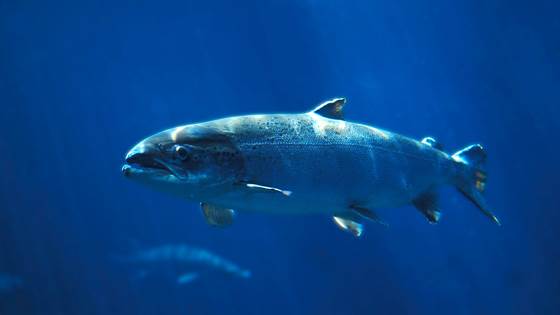
When the goal is that Norwegian fish farming should increase fivefold by 2050 and use at least 25% Norwegian-produced feed ingredients by 2034, we must look at new ingredient sources.
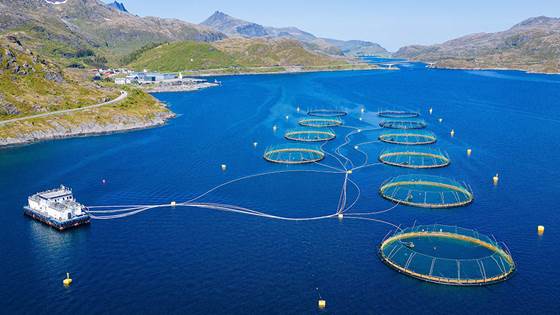
The food industry has to get moved up on the priority queue. Otherwise, it will be impossible to achieve the government’s goal of Norway becoming more self-sufficient in sustainable salmon feed.
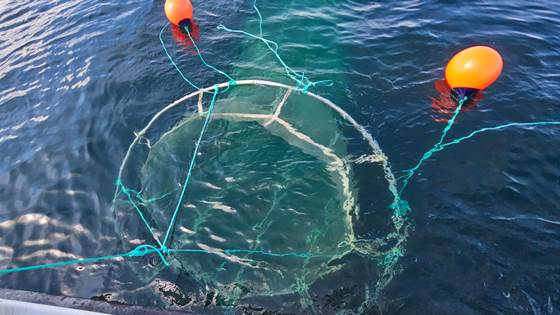
Fishing for Calanus remains a contested topic among Norwegian fishers, despite the government releasing a yearly quota of 254 000 tonnes. Why is that and what are potential solutions?
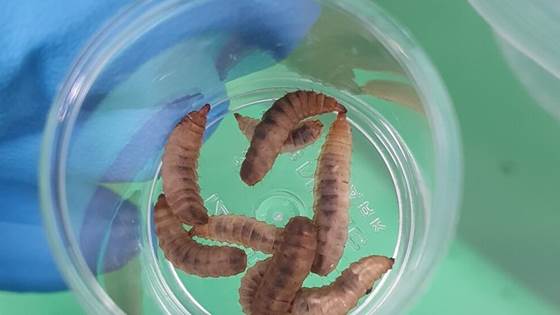
Bristle worms and soldier fly larvae can grow on aquaculture sludge and become protein-rich feed for fish and livestock. But toxic substances can infiltrate the loop. Now scientists have learned more about which substances we need to keep an eye on.
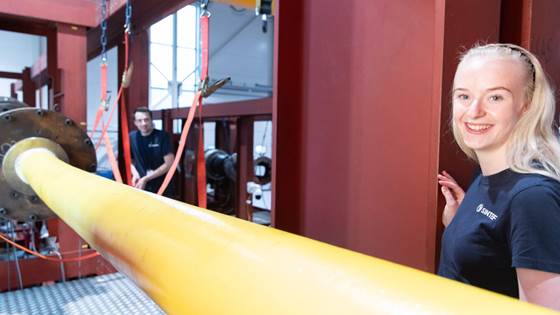
Imagine that the wires to your house not only have to withstand high electrical current flow, weather and wind, but also salt water, ocean currents, temperature changes and large movements. This is the big challenge in connecting large, electrical...
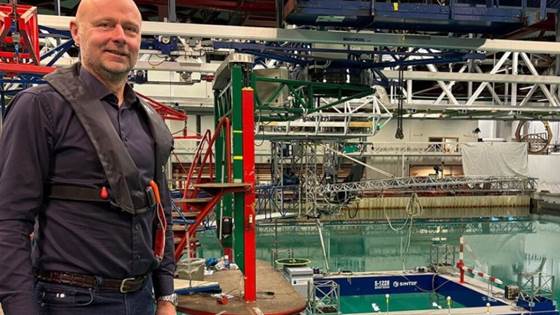
Using well-known offshore technology from the oil industry, along with a completely new idea, the founders of Farmocean-subsea want to create equipment for aquaculture at sea. Way out at sea.
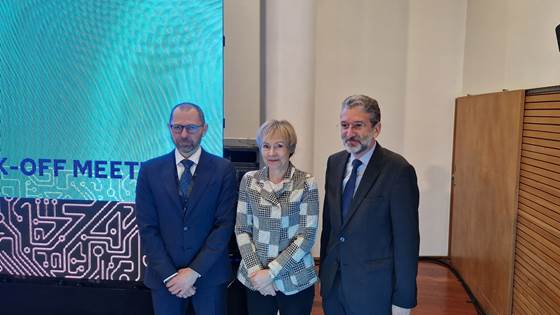
Through the EU project INSECTEC.OCEAN, SINTEF Ocean will assist the Portuguese INESC TEC in establishing a 'Centre of Excellence' for marine research and engineering in Porto, Portugal.
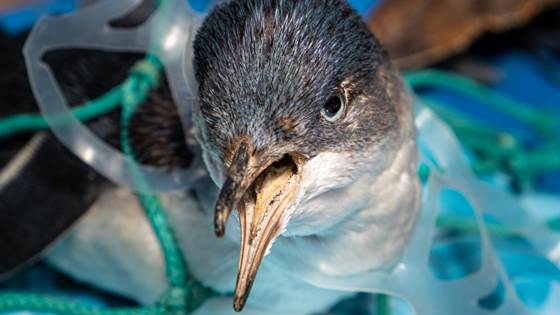
Ropes and fishing gear used in the fisheries and aquaculture industries are a major source of microplastics in the ocean and littering along the coastline. A multidisciplinary international research team has now drawn up a plan that will help to...
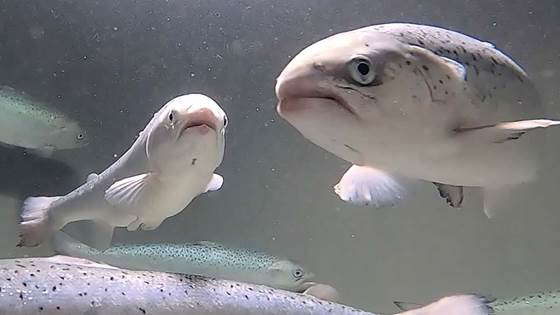
Fish welfare: Using a digital eye and artificial intelligence, scientists have found a way of monitoring the breathing of salmon. The method can reveal whether or not the fish are stressed.
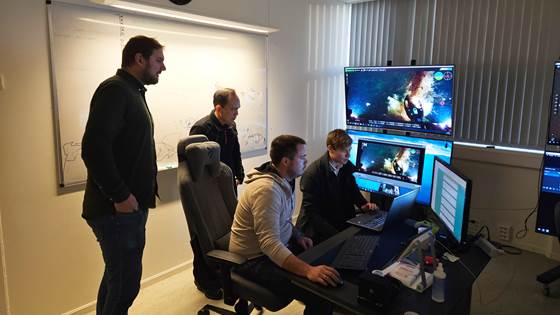
Detecting small holes in cage nets in real time is not a technology that is readily available in today's market. The inspection company Njord Aqua and SINTEF have developed software that does just this and can thereby help reduce the risk of escapes...
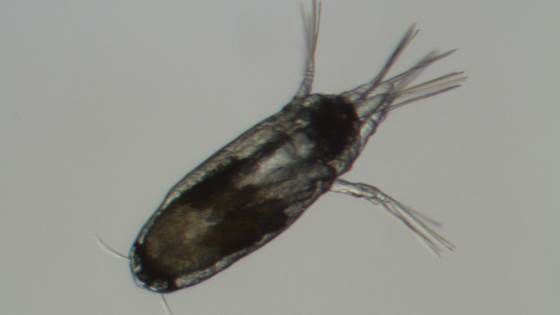
Catching lice before they settle on the fish can improve fish welfare and reduce treatment-induced mortality. Now SINTEF Ocean lead a project where they investigate to what extent this is possible.
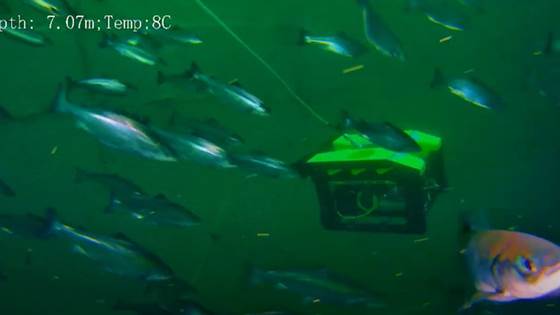
Norway is world leading in the use of robotics in the fish farming industry. But how does the technical equipment affect the fish? Surprisingly much, says cyberneticist Eleni Kelasidi.
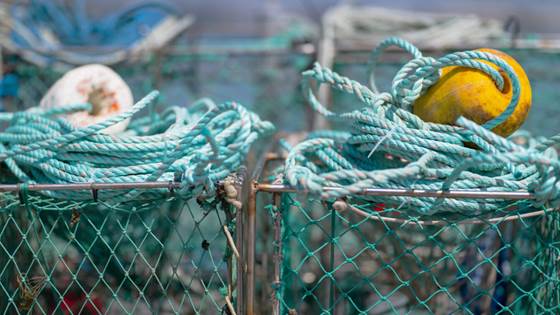
The aquaculture sector can now download a set of guidelines containing 25 ideas about the circular use of plastics.
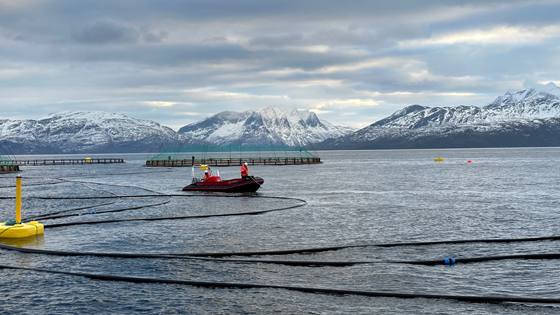
Last week, Folla Alger stocked the first kelp in its new combined sea site for salmon and kelp in Steigen in Nordland, Norway.